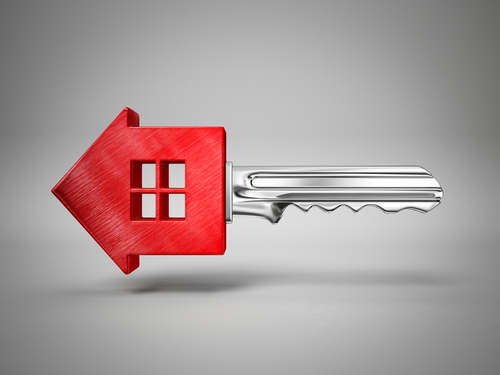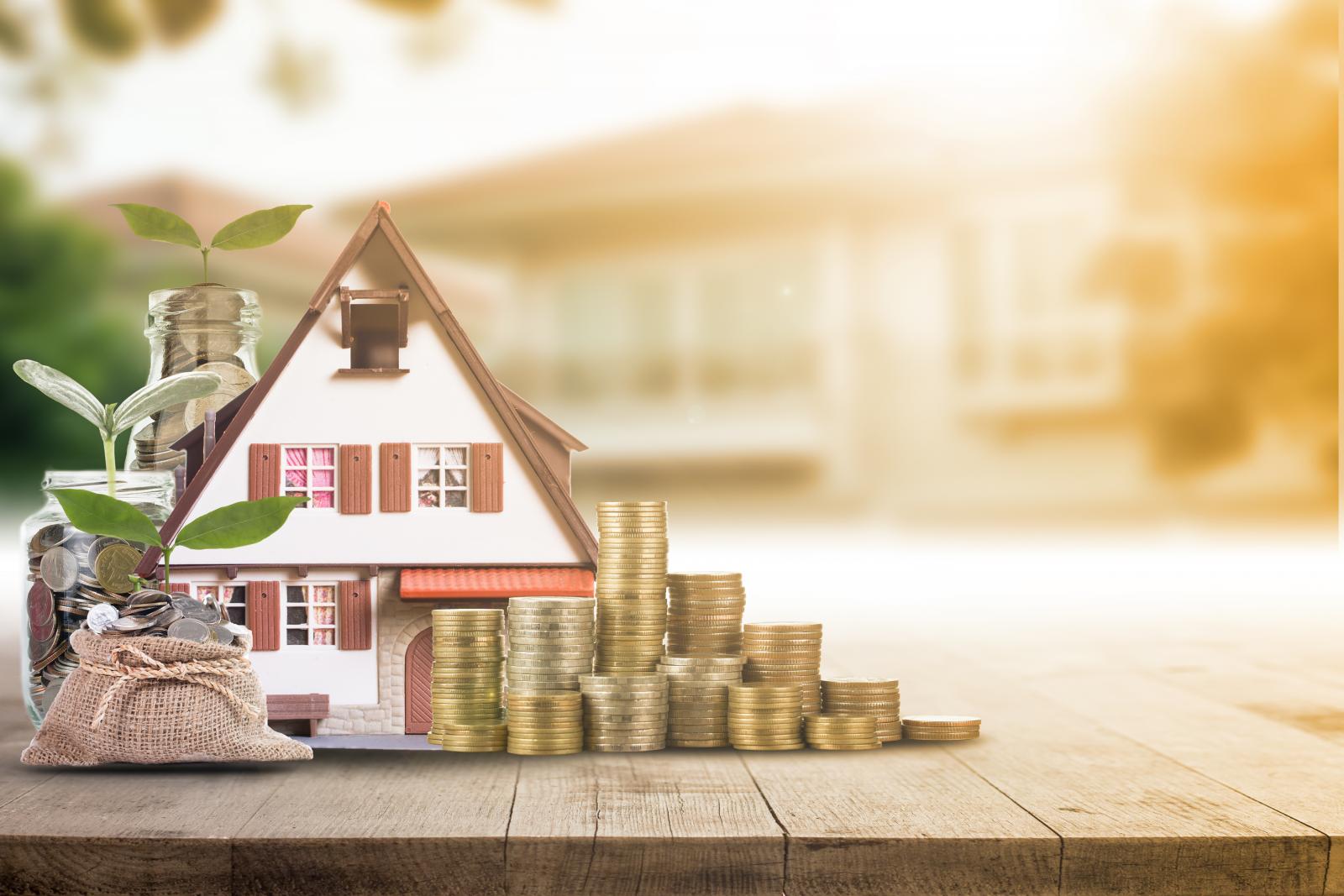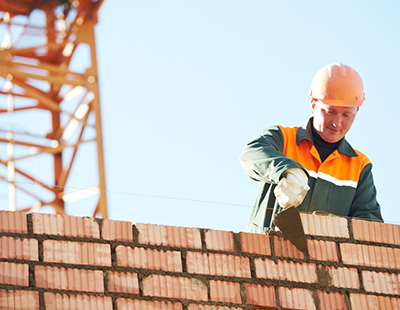
Investing in residential properties can be a great way to accumulate wealth. But before parting with your cash, an investment strategy needs to be developed. Where should you invest your money? What risks are you willing to take? What ‘green modifications’, yes, ‘green modifications’, may need to be made to the home?
The way a residential building is constructed, insulated, heated, ventilated and the type of fuel used, all contribute to its carbon emissions, and can now seriously impact on the cost of running the property and even its value.
It is estimated that buildings produce nearly half of this country’s carbon emissions - almost double that of cars and planes.
The introduction of Energy Performance Certificates in 2008, were designed to improve the energy efficiency of buildings, and yet many homes still rank poorly.
But with a new report from a group of leading construction firms - the Green Building Council – stating that 25 million existing homes will need to be refurbished in the UK between now and 2050 to meet the insulation standards required by mid-century, property investors could reap significant competitive advantages by shifting to a ‘green’ model of potentially adding value to a home.
This new model uses resources more efficiently and is creating an appetite for innovation in areas like renewable power in the home.
As property buying perceptions change, energy efficient homes are likely to become more valuable as they will require fewer home improvements, increasing both the attractiveness of the home and its value.
Also, as more housebuilders and homeowners start to transform to a more green-friendly approach and commit to innovation, quality and sustainability – others will find themselves having to catch up fast.
Low carbon energy provision could very well be at the centre of future housing policy as far as gaining planning consent for new build homes is concerned.
Residential developers are already building more new homes from Code Level 3 to 6 and zero carbon.
Minimum compliance for Code Level homes includes a significant reduction of building CO2 emissions relating to energy in the home, greater restrictions on water usage, an understanding of air tightness, a reduction in operational energy use, among other requirements.
Homes featuring energy-efficient features like central heating, double glazing, cavity wall insulation, among other ‘eco-friendly’ improvements, are generally warmer, greener and significantly more energy efficient than unmodernised homes, resulting in lower bills, a greener lifestyle with lower carbon dioxide emissions, and potentially higher property values in the longer term.









.png)










Join the conversation
Jump to latest comment and add your reply
Is there anything to suggest that green properties let more easily or for higher rents? Would be interesting to know if anyone has any insight on this.
Please login to comment